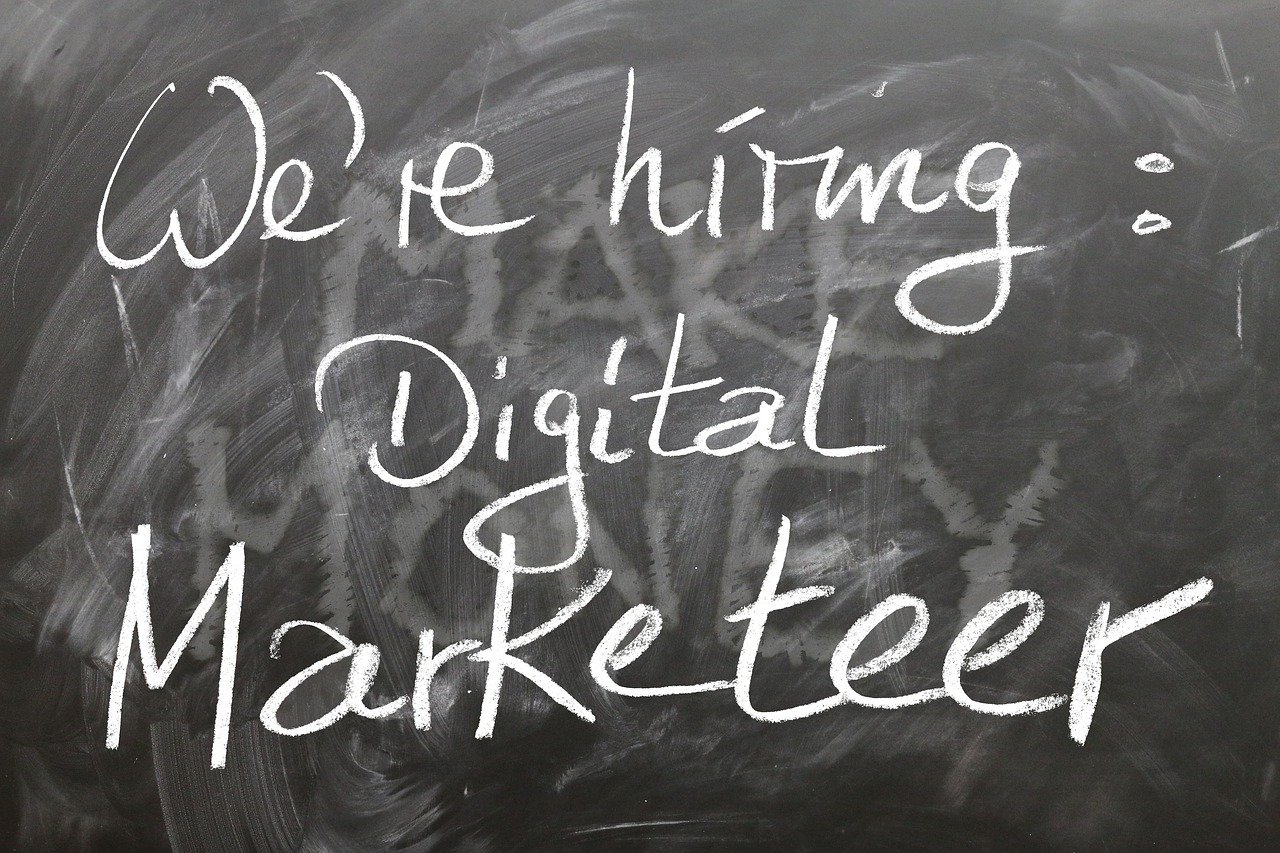In today’s hyper-competitive market, brands must rise above the noise to capture and sustain consumer attention. The art of storytelling has emerged as a decisive strategy in achieving this goal. It is no longer sufficient to merely promote products; successful brands craft narratives that resonate emotionally, foster loyalty, and build lasting connections. This shift from transactional to relational marketing revolves around storytelling’s unique ability to humanize brands and convey values authentically. Neuroscientific research reveals that stories trigger oxytocin release—the “bonding hormone”—which strengthens empathy and trust between brands and their audiences. Iconic companies such as Nike, Apple, and Coca-Cola illustrate how powerful narratives centered around perseverance, creativity, and happiness profoundly influence consumer behavior and brand perception. In the social media era, where fleeting attention spans dominate, brands must adapt storytelling formats to reach audiences effectively, whether through short video clips or immersive digital experiences. This article delves deep into the mechanisms behind storytelling’s impact on brand communication, explores literary techniques brands can borrow, the measurable benefits of emotional narratives, and practical guidance to weave storytelling throughout branding strategies in 2025 and beyond.
Understanding the Neuroscience and Emotional Impact of Storytelling in Brands
Fundamentally, stories connect with humans on an emotional level, stimulating empathy that traditional marketing struggles to evoke. Neuroscience offers a compelling explanation: when people engage with emotionally charged narratives, their brain releases oxytocin, a hormone linked to bonding and trust. This biologically rooted response creates emotional resonance between consumers and brands, ensuring messages stick.
A landmark Nielsen study underlines this mechanism by showing storytelling advertisements increase purchase intent by 55% compared to fact-focused ads. The difference lies in story’s ability to transport audiences, enabling them to see themselves within the tale and forge personal identification with the brand.
Key Emotional Triggers in Brand Storytelling
- Empathy: Stories allow audiences to vicariously experience the challenges and triumphs of brand protagonists or customer personas, as Nike’s “Just Do It” campaign exemplifies by inspiring perseverance.
- Relatability: When brands depict everyday scenarios or struggles, such as IKEA’s campaigns showing ordinary people creating meaningful homes, customers relate more deeply.
- Inspiration: Brands like Patagonia narrate stories about environmental activism, appealing to consumers’ aspirations and ideals.
- Trust: Authentic storytelling, as practiced by Warby Parker through transparent business practices and social impact narratives, builds consumer confidence.
Each of these triggers adds a layer to the brand’s emotional architecture, creating a robust foundation for consumer engagement and loyalty.
Examples and Case Studies Illustrating Storytelling’s Power
Nike’s “Just Do It” campaign transcends sneakers—it encapsulates the heroic journey of overcoming personal obstacles, mirroring literary archetypes like the hero’s journey. This narrative encourages consumers to perceive Nike products as tools for empowerment, making the brand a partner in their self-improvement stories.
Apple employs subtle storytelling that emphasizes creativity and belonging. Its minimalist advertisements invite consumers to imagine themselves as innovators and trendsetters, reflecting Hemingway’s Iceberg Theory where much meaning is implied rather than overtly stated.
| Brand | Core Narrative | Emotional Benefit |
|---|---|---|
| Coca-Cola | Happiness, Togetherness | Joy and Celebration |
| Dove | Real Beauty | Self-Esteem, Acceptance |
| Airbnb | Belonging and Community | Trust, Adventure |
These examples reveal that effective stories integrate universal themes and emotional rewards, enhancing brand affinity and recall extensively.

Borrowing Literary Techniques to Craft Timeless Brand Narratives
Brand communication can greatly benefit by incorporating time-honored storytelling techniques rooted in literature. These methodologies help elevate narratives beyond marketing pitches to become memorable, emotionally charged stories that persist in consumers’ minds.
Utilizing Archetypes to Build Universal Appeal
Literature often employs archetypes—universal, recognizable character types or themes—that resonate because they reflect fundamental human experiences. Shakespeare’s works hinge on themes of ambition and love; similarly, brands that tap into archetypes reach a broad audience more effectively.
Coca-Cola, for example, embodies the archetype of joy and community reminiscent of Dickensian tales of festive celebrations, cultivating an emotional brand identity that feels familiar yet aspirational. Disney’s narrative worlds utilize archetypes such as the hero, the mentor, and the trickster to enchant audiences and create deep, multigenerational brand loyalty.
Mastering Subtext and Minimalism in Brand Messaging
Inspired by Hemingway’s Iceberg Theory, the most compelling brand stories often imply more than they explicitly state. Apple’s advertising communicates innovation through minimal visuals and slogans that suggest creativity without overt explanation. This style invites audiences to fill in the narrative gaps, engaging their imagination and making the story personal.
Applying Classical Narrative Structures
Adopting Freytag’s Pyramid—the structure involving exposition, rising action, climax, falling action, and resolution—can make brand stories cohesive and memorable. Airbnb’s “Made Possible by Hosts” campaign perfectly illustrates this approach by:
- Introducing relatable guests and hosts (exposition)
- Presenting challenges or unique circumstances (rising action)
- Highlighting transformative experiences facilitated by Airbnb (climax)
- Resolving with a positive outcome (resolution)
This framework provides a satisfying narrative arc that strengthens emotional engagement and consumer trust.
| Literary Technique | Brand Example | Implication for Branding |
|---|---|---|
| Archetypes | Disney, Coca-Cola | Create universal emotional connections |
| Subtext | Apple | Engage imagination, imply deeper meanings |
| Freytag’s Pyramid | Airbnb | Structure stories for emotional satisfaction |
Adapting Storytelling Strategies for the Digital Audience of 2025
The digital landscape in 2025 presents new challenges and opportunities for brand storytelling. Consumers’ attention spans are fragmented across multiple platforms, demanding concise yet compelling narratives. Short-form videos on TikTok and Instagram Reels dominate, requiring brands to condense powerful stories into moments that can captivate instantly.
Micro-Narratives: Engaging During Scrolls and Swipes
Brands like Dove and Patagonia have thrived by sharing micro-narratives that deliver heartwarming messages in seconds. Dove’s campaign celebrating real beauty challenges outdated standards by spotlighting real individuals, invoking immediate empathy and connection. Patagonia showcases eco-conscious adventurers, aligning its brand with environmental activism that resonates with socially-aware consumers.
These platforms also encourage interactive content and user-generated stories, which further embed brands in consumers’ daily lives and social circles, adding layers of authenticity.
Integrating Multi-Channel Storytelling for Consistency and Reach
Modern consumers interact with brands across a multitude of channels — websites, social media, physical stores, and beyond. Maintaining narrative consistency while tailoring format for each medium is critical.
- Visual Storytelling: Platforms like Instagram and Pinterest emphasize imagery to quickly convey mood and brand personality.
- Video Storytelling: YouTube and TikTok allow in-depth and micro-storytelling blending education and entertainment.
- Interactive Storytelling: AR/VR experiences by companies such as LEGO engage users actively, deepening emotional connections.
By synchronizing messaging across these channels, brands ensure a flawlessly woven tapestry of stories that resonate with diverse audiences.
Leveraging Authenticity to Build Trust
In an era of skepticism, consumers crave genuine narratives. Warby Parker’s transparent business model and philanthropic storytelling foster trust. Google’s emphasis on user-centric values and accessibility reinforces brand reliability. These authentic stories underpin sustainable brand growth and promote advocacy.

Measuring the Effectiveness of Storytelling in Branding and Marketing
While storytelling may feel abstract, numerous metrics affirm its tangible impact on branding success. Data-driven marketing increasingly incorporates storytelling effectiveness into KPIs.
Key Statistics Demonstrating Storytelling ROI
- 80% of consumers recall brands better when presented with stories, per OneSpot research.
- Emotional storytelling correlates with a 23% revenue increase, according to Harvard Business Review.
- Content marketers focusing on story-driven content report 22 times higher engagement than those relying on traditional methods, as noted by Demand Metric.
Practical Approaches to Track Storytelling Success
Brands should track various indicators reflecting emotional engagement:
- Social Media Metrics: Shares, comments, and sentiment analysis provide qualitative insights.
- Conversion Rates: Click-through and purchase data linked to storytelling campaigns.
- Brand Awareness Studies: Surveys and recall tests to assess narrative penetration.
Challenges and Future Trends in Brand Storytelling Measurement
Despite advances, quantifying emotional impact remains a challenge due to its subjective nature and fragmentation across platforms. Emerging AI analytic tools promise enhanced sentiment evaluation, enabling marketers to refine storytelling strategies in real time.
| Metric | Description | Application |
|---|---|---|
| Recall Rate | Percentage of consumers remembering brand stories | Assesses messaging effectiveness |
| Engagement Rate | Likes, comments, shares on social content | Indicates emotional resonance |
| Conversion Rate | Sales driven by storytelling campaigns | Measures ROI of narratives |
Strategies for Crafting Authentic and Relatable Brand Stories
Brands aiming to harness storytelling’s full power must embrace authenticity and in-depth audience understanding. Crafting stories that feel genuine and relatable likely leads to stronger emotional bonds and brand loyalty.
Principles for Effective Brand Storytelling
- Knowing Your Audience: Like a novelist writing for their readers, brands must deeply understand the desires, struggles, and aspirations of their customers. Research and persona development are key.
- Emphasizing Emotion Over Facts: A landmark AdWeek study found that ads focused purely on emotional content deliver twice the impact compared to rational messaging.
- Authenticity and Relatability: Stories must feel sincere. For instance, LEGO’s campaigns showcase creativity and imagination, relatable to both children and adults.
- Consistency Across Channels: The brand’s narrative voice should remain stable to ensure seamless experiences regardless of touchpoint.
Linking Storytelling and Marketing Strategy
Effective story-driven branding aligns with creative marketing initiatives and entrepreneurial networking opportunities. For comprehensive strategic advice, brands can explore resources like creative marketing strategies and strategic networking for entrepreneurs to amplify their narrative’s reach and impact.
Quiz: The Power of Storytelling in Brand Communication
Choose the best answer for each question below.
Your Score: /
Additional Insight: Crafting Characters Within Brand Stories
Characters are the heartbeats of storytelling. Just as literary figures embody traits allowing readers to relate and root for them, brands can create memorable personas to humanize their identity. The Colonel Sanders figure brings warmth and tradition to KFC, while Google’s user-focused persona epitomizes trust and innovation. By investing in character development—through quirks, conflicting traits, and evolution—brands deepen their narrative appeal and consumer attachment.


